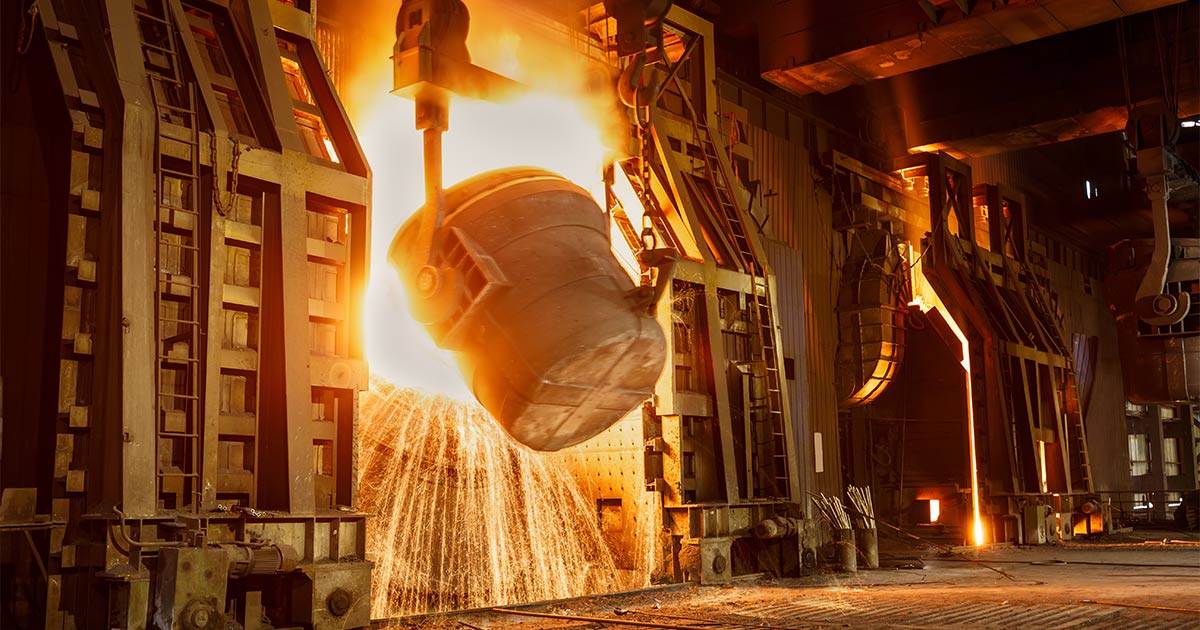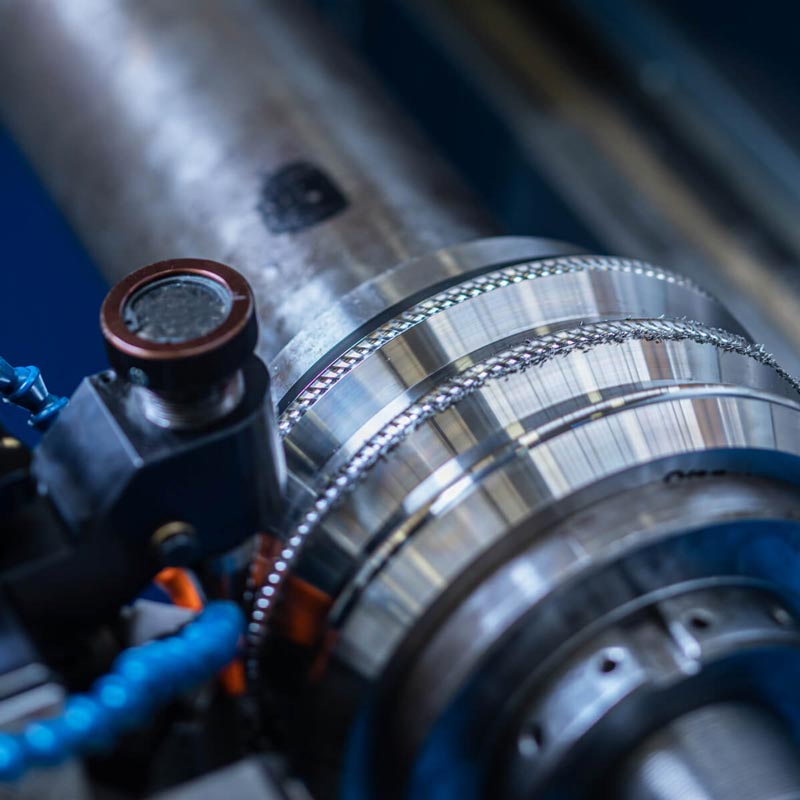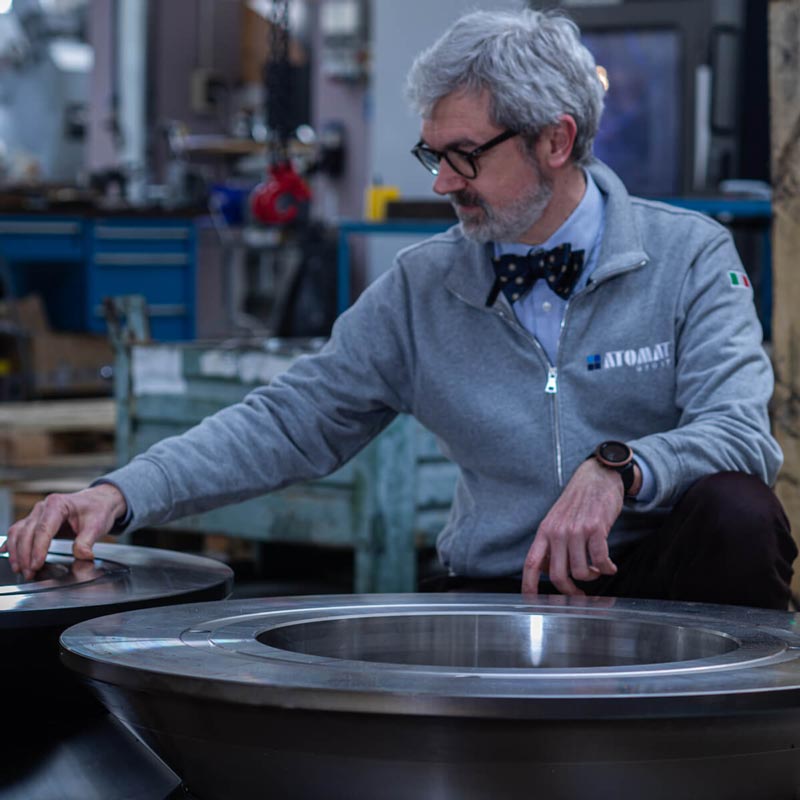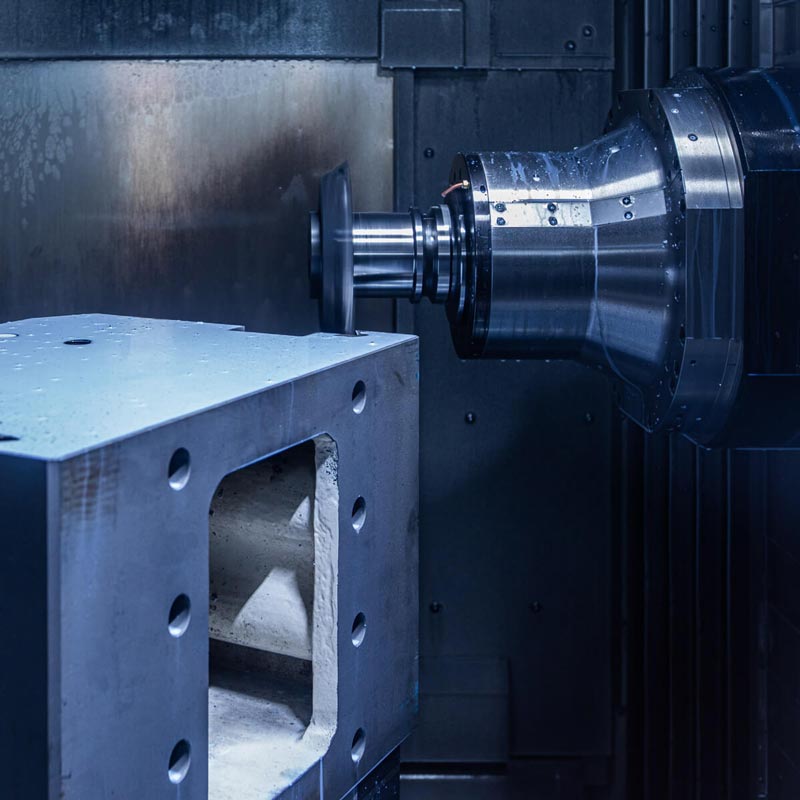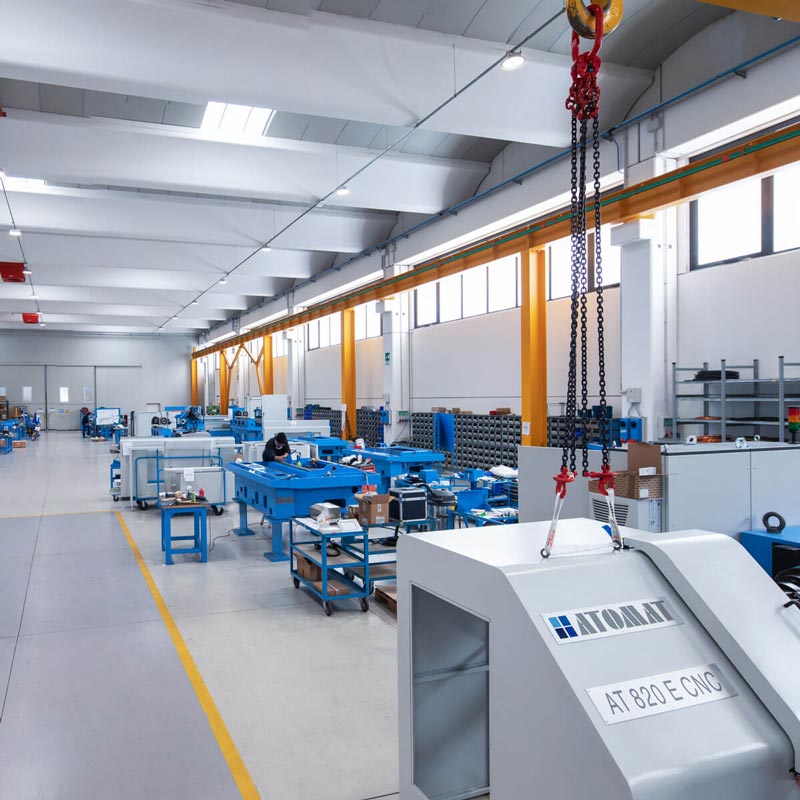– The core equipment where the steel production process takes place.
– Utilizes electric arcs generated by graphite electrodes to melt scrap steel and other raw materials.
Electric Arc Furnace (EAF) technology is widely used in steelmaking to produce billets, blooms, rods, and slabs. The main equipment in the EAF steelmaking process includes:

